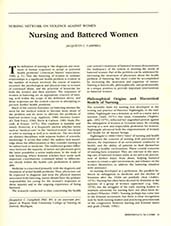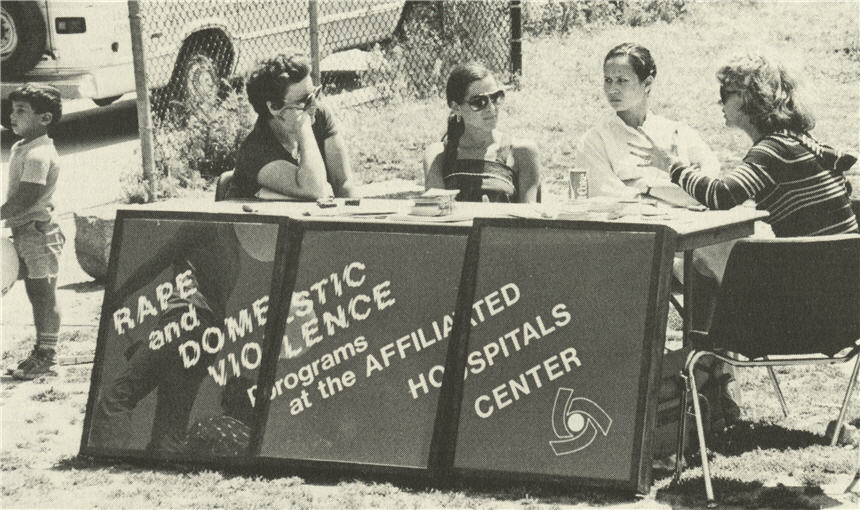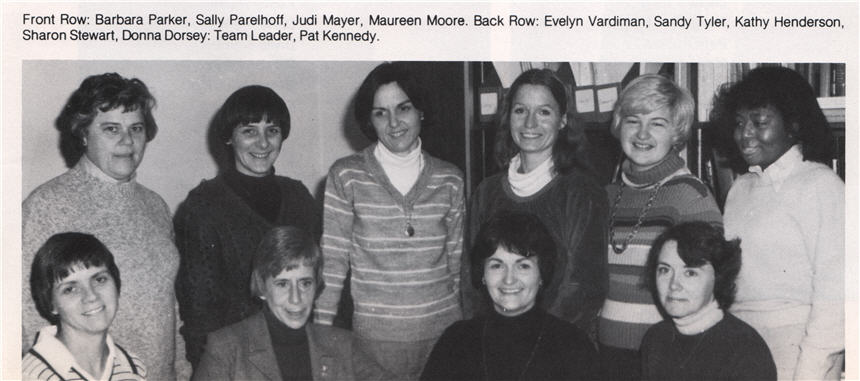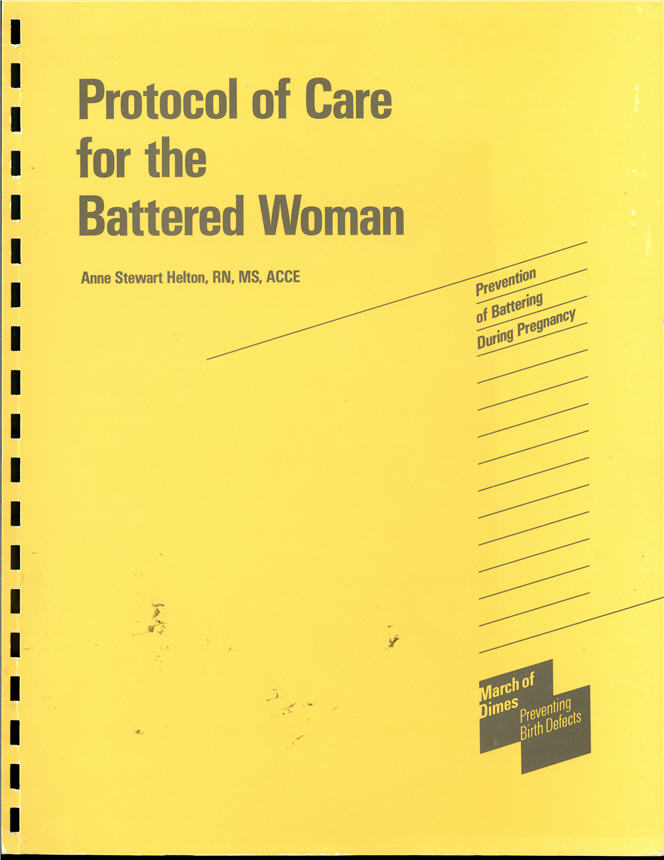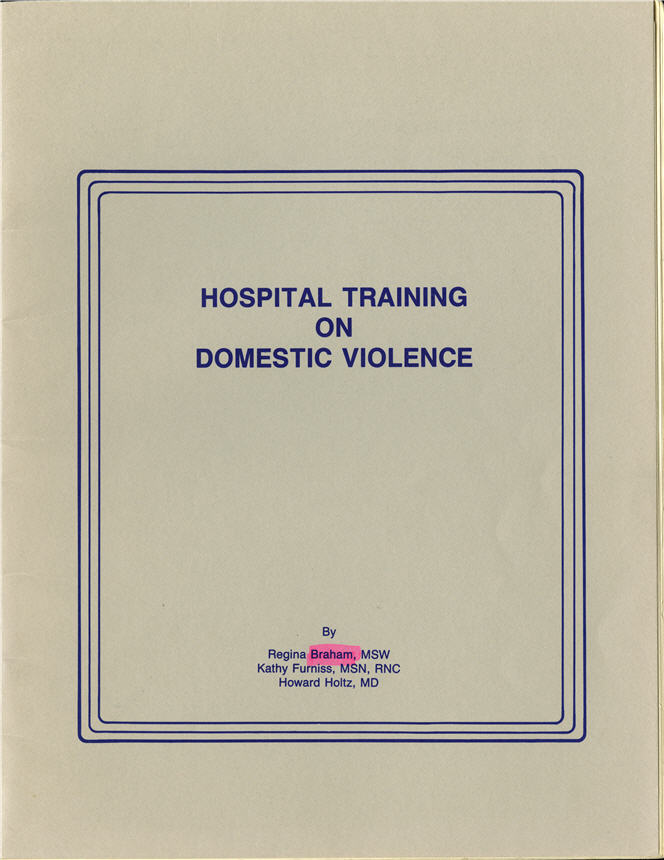Nurses pursued various strategies for providing improved care to abused women. Models of effective medical intervention included delivering healthcare in shelters as well as creating and implementing some of the first hospital protocols for treating women who were battered.
-
Brigham and Women’s Hospital, an organization on the vanguard of identifying and treating women who were battered, sponsors a neighborhood health fair, 1980
Courtesy Brigham and Women’s Hospital Archives, Countway Library of Medicine, Harvard
In the mid-1970s, nurses at Brigham and Women’s Hospital were on the cutting edge of identifying violence against women as a serious, and largely ignored, health care issue.
-
Nurse Barbara Parker (bottom left) with the nursing faculty at the University of Maryland School of Nursing, 1980
Courtesy Historical and Special Collections, Health Sciences and Human Services Library, University of Maryland, Baltimore
Parker supervised nursing students who provided patient care for victims of violence at the House of Ruth shelter, Baltimore’s first crisis shelter for women and their children.
Protocol of Care for the Battered Woman: Prevention of Battering During Pregnancy, Anne Stewart Helton, 1987
Courtesy National Library of Medicine
Previous studies had found that 25—45 percent of all women who were battered experienced abuse during pregnancy. Helton developed and wrote the first protocol of care to address the needs of this special population. Helton also developed the Abuse Assessment Screen, used to identify abused women in the health care system in order to offer them the help they need. The Abuse Assessment Screen is widely in use today throughout the world.
-
Hospital Training on Domestic Violence, Regina Braham, Kathy Furniss, Howard Holtz, 1986
Courtesy National Library of Medicine
Nurses often worked on multidisciplinary teams when writing protocols of care for women who were abused. This protocol educated hospital personnel about battering and provided best practices for medical intervention.
Nurses pursued various strategies for providing improved care to abused women. Models of effective medical intervention included delivering healthcare in shelters as well as creating and implementing some of the first hospital protocols for treating women who were battered.


